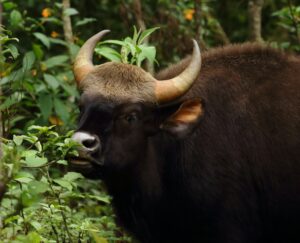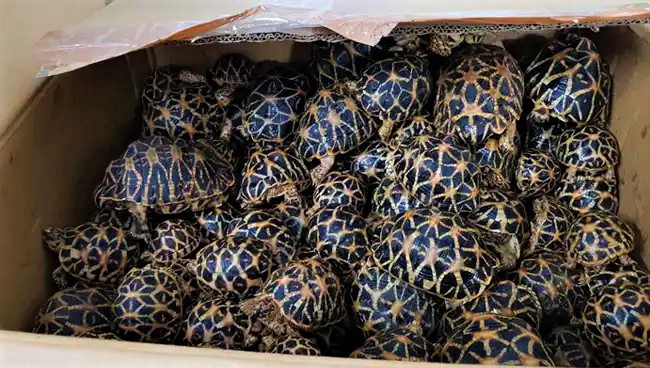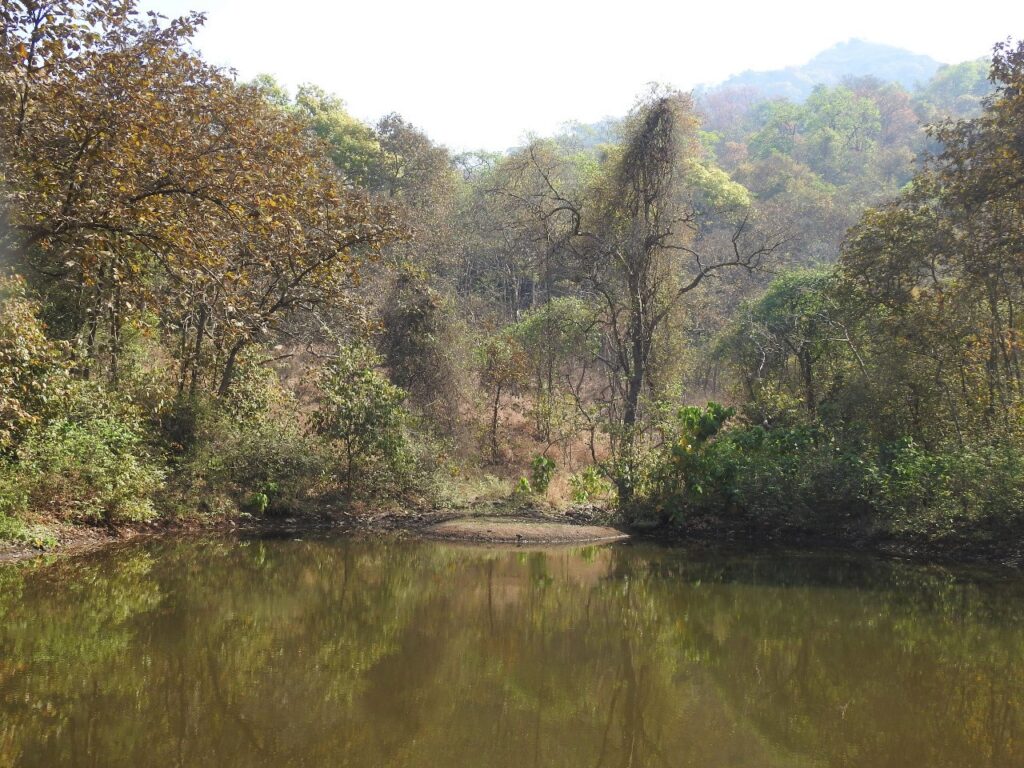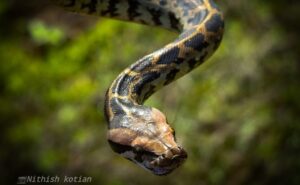

Wild animals proliferate & live freely in the wild. Freedom is their minimum right. Raising a wild animal as a pet is a tempting and exciting idea but it is not only denying animal of its natural habitat but it’s also against wildlife laws.
Parakeets, Mynas, Turtles, Reptiles, Monkeys, Fishes all are scheduled animals which have been treated as pets in India, since long. Due to lack of awareness about wildlife conservation laws in public and lax enforcement of wildlife laws, wild animals get considered and treated as pets.
As humans we have tendency to “own “things. Similarly, we aspire to own fishes, birds, and turtles at our homes, not knowing that these are caught from the wild and illegally traded. This is a simple demand and supply chain where demand of wild animals creates the supply through illegal trafficking.
By demanding and buying wild animals, we become a part of the growing trade in wildlife that is becoming a prime conservation threat across the world today.
Links between the global health crisis and the illegal exploitation of wildlife have been in the spotlight since Covid 19 Pandemic. “Wildlife crime has grown into a significant
and specialized area of trans-national organized crime, driven by high demand as per World Wildlife Crime Report on Trafficking in protected species, 2020 by United Nations Office on Drugs and Crime (UNODC).
Few know that our favourite and well-known ‘Mitthu’ is a protected species in India.
Parrot is a broad term for birds which includes Parakeets, Cockatiels, Lovebirds, Lorries, Macaws, Amazons, and Cockatoos are some other groups which are known for attractive colours & the ability to mimic.
Parakeets are a type of parrots known for their long tail feathers which distinguishes them from other parrots.
Mitthu thus is a parakeet. For centuries, parakeets have been kept as pets mainly because they are easy to keep & their ability to mimic. This demand of seeking parakeets as pets has led to an organized illegal trade in parakeets
Parakeets are under schedule IV of The Wildlife Protection Act, 1972.
Despite the blanket ban since 1990-91 on trade in all India bird species, hundreds of parakeets are collected and traded annually in India.
They are taken from the wild and smuggled to various parts of the country and beyond. The bulk of the trade is in three- to four-week-old chicks.
For every bird that reaches the marketplace, thousands are believed to die en route.
Parakeet chicks caught by forest department; found to have been traded illegally
Of the 12 native species, eight which are regularly found being illegally trade are-Alexandrine parakeet, Rose-ringed parakeet, Plum-headed parakeet, Red-breasted parakeet, Malabar parakeet, Himalayan parakeet, Finsch’s Parakeet and Vernal Hanging-parrot.
The Alexandrine Parakeet is one of the most sought after species in the Indian live bird trade and is traded in large volumes throughout the year. This is the parakeet most of us have seen in cages, at homes.
The chicks of this parakeet are brutally extracted from forest areas and transported to bird markets in Indian cities & to bird markets in various parts of the world.
Due to this, a very common bird once in India, is now Near threatened, as per IUCN red list category.
Other three species of Indian parakeets—Nicobar, Long-tailed & Derby’s Parakeets are also considered by IUCN as Near Threatened with extinction. Illegal trade of this bird is the biggest threat to its survival.
Trade in foreign birds is restricted by CITES -Convention of International Trade in Endangered Species, to which India is a signatory ,assures full protection to all migratory species, making it illegal to trap, capture, keep, kill or trade these birds.
Despite the restriction on trade in many countries however, the market still operates both legally and illegally.
Treaties & bans are not being effective in preventing the illegal wildlife trade of parakeets and parrots. We are more closely linked to the wildlife trafficking market than we think we are. Only decreasing its demand as pet, will protect this bird from being hunted. Mass awareness is the key to the conservation.
Turtles , Tortoise
Turtles and tortoise are also treated as pets due to their low maintenance.
Tortoises and turtles are both reptiles with their bodies shielded by a shell. The major difference between the two is that tortoise dwell on land, while turtles live in the water, some or nearly all of the time. Both are very shy animals.
The Indian Wildlife Protection Act, 1972 lists all species of marine turtles in Schedule I of The Wildlife Protection Act, 1972 thereby offering them the highest degree of protection. Sea turtles and their habitats are also protected by other coastal laws.
The Indian star tortoise, which is extremely popular as a pet across the world, is relentlessly smuggled out from the forests of India. Other species available for sale commonly like red-eared slider, red-crowned roofed turtle would most likely be wild-caught and illegally traded.
Illegally caught from wild for sale, Indian star tortoise (Geochelone elegans) is a threatened tortoise species native to India, Pakistan and Sri Lanka
Turtles kept at home do not survive in a small tub. They need the right lighting, temperature, and water. Countless pet turtles die from being kept in inadequate poor conditions. Turtles demanded as pets are shipped by mail and other delivery services often die on the way.
People sometimes release turtles in the lakes and ponds thinking they are “freeing” them. To release any animal in the wild, it’s very important to know its ecology & its natural habitat. To release back any wild animal, one should take help of authorized wild animals care centres or ecology experts.
 Natural Habitat of Indian flapshell turtle
Natural Habitat of Indian flapshell turtle
India is a signatory to CITES (Convention on International Trade in Endangered Species) and the CMS (Convention on the Conservation of Migratory Species of Wild Animals). CITES regulates international trade on sea turtles and their products.
The legal trade in other Asian countries appears to be undermining India’s efforts to protect the Turtles & Tortoise.
The fake belief of parts of tortoise, turtles, snakes having medicinal properties is a myth that helps smugglers to sell them.
It is important to know and support wildlife laws, as enforcement efforts stand little chance of success unless consumer demand for protected wildlife is also addressed.
If you would like to protect the planet, the wild animals & help in conservation, do not seek wild animals as pet & start creating chain of awareness.
We will talk about illegal trade of snakes, pangolins, and rhinoceros but that’s a matter for another day.
Let’s agree now to that, we seek pets as companions and friends but in case of wild animals, it should always be a long-distance relationship.
Reference Reading:
http://nbaindia.org/uploaded/Biodiversityindia/Legal/15.%20Wildlife%20(Protection)%20Act,%201972.pdf

She conceptualized FORREST to conserve, to Inspire and to connect people back to nature. Her interest lies in Habitat ecology. A poet by nature with a touch of the wild.

We plan to restore a forest of 20000 trees in the monsoon of July 2021! And we need your help to do that! Contribute saplings in Vruksh Khosh or donate Rs. 50 per sapling.